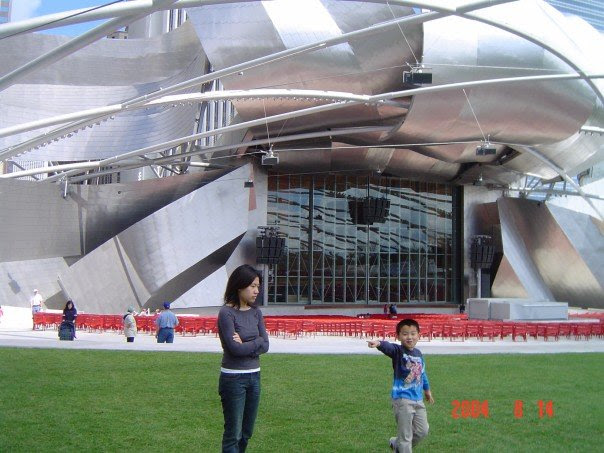
Surprisingly, our galaxy, Milky Way is expected to have a collision with another galaxy, called Andromeda. Even though the universe is expanding at every moment since its creation, the 2 galaxies, Milky Way and Andromeda are coming close to each other with an anticipated collision in about 4 billion years. Both galaxies are located close enough distance to overcome the expansion of the universe; thus, their gravity is pulling each other resulting in this collision.
There are several consequences to this galactic collision. There are 2 types of collisions that can happen: One is stellar collision, which is that stars in each galaxy collide with each other and the other one is black hole collision, which is the collision of huge black holes in Andromeda and Milky Way. However, the probability for stellar collision to happen during this galactic collision is very low because the stars are distanced far enough to make it hardly susceptible to a stellar collision. In contrast with stellar collision, black hole collision is more likely to happen because the black holes in Milky Way and Andromeda have huge gravity force to pull not only each other, but also surrounding objects such as stars and planets.
Another surprising fact about the fate of our solar system during this collision is that due to rapid orbiting of galaxies in the process of the collision, our solar system might be affected and moved farther away from the center of the merged galaxy, or it might be cast out of the galaxy.
Even though the galaxies won’t collide in the imminent future, it is very interesting to look at the simulation of the galactic collision along with other aftermaths because it opens many possibilities that can happen in our galaxy. As a conclusion, we humans might need to start thinking of a way to prepare ourselves for this collision in the distant future.
Source: Wikipedia







